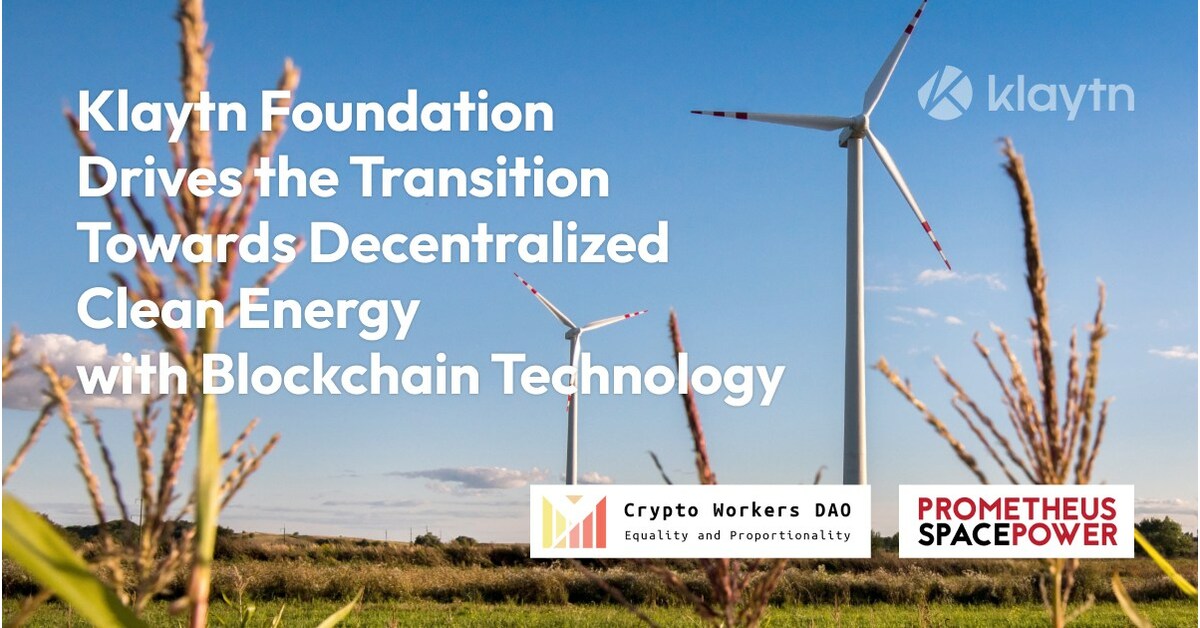2 Blockchains That Could Explode Thanks to Instagram’s NFTs

Meta (META), the parent company behind Facebook and Instagram, announced last week that non-fungible tokens (NFTs) will be rolled out to Instagram users in over 100 countries across Africa, the Middle East and Asia in the coming weeks. NFTs, digital certificates of ownership of art, videos or other media, first appeared on Instagram in May for select users in the US
The new feature will allow users to connect to crypto wallets such as MetaMask, Dapper Wallet, Coinbase Wallet, Rainbow and Trust Wallet. Once a wallet is connected, users will be able to share their digital collectibles to show off to the world. NFTs shared on the platform will have a sparkle to them so they stand out from regular posts. Additionally, there will be additional information about the NFTs such as the blockchain it was purchased from and the artist who created it. Meta has made it clear that their platforms will not be a marketplace, but rather a site to share your latest purchases.
If you’ve been following news in the NFT world, you’re probably aware that Ethereum dominates the space. However, competing blockchains continue to take a slice of the lucrative market – and Instagram is helping to diversify this field. Not just want to Ethereum (ETH) NFTs are supported on the platform, but others like Polygon (MATIC) and Flow (FLOW) will join the list of compatible blockchains.
It makes sense for Instagram to support Ethereum-based NFTs given that the vast majority of the market runs on it. But for the other blockchains, the growth has not been as significant. That could change with the new NFT feature being unveiled to a good portion of Instagram’s 2 billion users.
The case for Flow and Polygon
With the possibility of more NFTs coming to Flow, the blockchain will be more than capable of handling the increase in users. The blockchain uses a proof-of-stake mechanism and a unique validation process divided into four separate tasks. This makes Flow run faster than counterparts like Ethereum and keeps fees low.
Flow has made a name for itself as one of the premier blockchains for interactive crypto experiences centered around collectibles and games. Flow NFTs initially made a splash in the world of sports with projects like NBA Top Shot, which has generated over $1 billion in sales, and NFL All Day, which has pumped out nearly $75 million in sales. Recently, NFTs on the blockchain have branched out from sports as digital artists have begun to imprint their work.
Polygon’s NFT ecosystem has grown rapidly as a result of users looking for alternatives to Ethereum’s high fees and slow speeds. This is exactly why Polygon was created – to scale Ethereum. As a layer 2 sidechain to Ethereum, Polygon processes transactions on its blockchain and then adds them to Ethereum later. Users on Polygon can make transactions within seconds and often for less than a penny. This alone could be why Meta decided to add the blockchain to Instagram.
Risk or opportunity?
Although Ethereum still has a hold on the NFT market, it may be slowly coming to an end. Tired of the high fees and slow speeds that plague Ethereum, users have started looking for alternatives. We should expect this trend to continue as more NFTs begin to find their way into the feeds of Instagram users worldwide.
Both Flow and Polygon offer investors an opportunity that may not come again. Flow is down about 90% from all-time high. Even with this monumental drop in price, Meta developers and executives felt that the blockchain was worthy enough to become one of the few blockchains to be integrated into Instagram. As for Polygon, it hasn’t suffered as much as Flow, but it’s still down about 70% from its all-time high of $2.92. It’s trading for just under $0.90 today, so what’s not to like about the long-term potential of Polygon?
As artists and collectors look to blockchains besides Ethereum to buy and sell NFTs, Polygon and Flow have gained attention from one of the most popular social media platforms in the world. If NFTs can regain some of the popularity that swept through the market last January, Polygon and Flow would have the most to gain if the next wave came.
Randi Zuckerberg, a former director of marketing development and spokeswoman for Facebook and sister of Meta Platforms CEO Mark Zuckerberg, is a member of The Motley Fool’s board of directors. RJ Fulton has positions in Ethereum. The Motley Fool has positions in and recommends Ethereum, Meta Platforms, Inc. and Polygon. The Motley Fool has a disclosure policy.





















